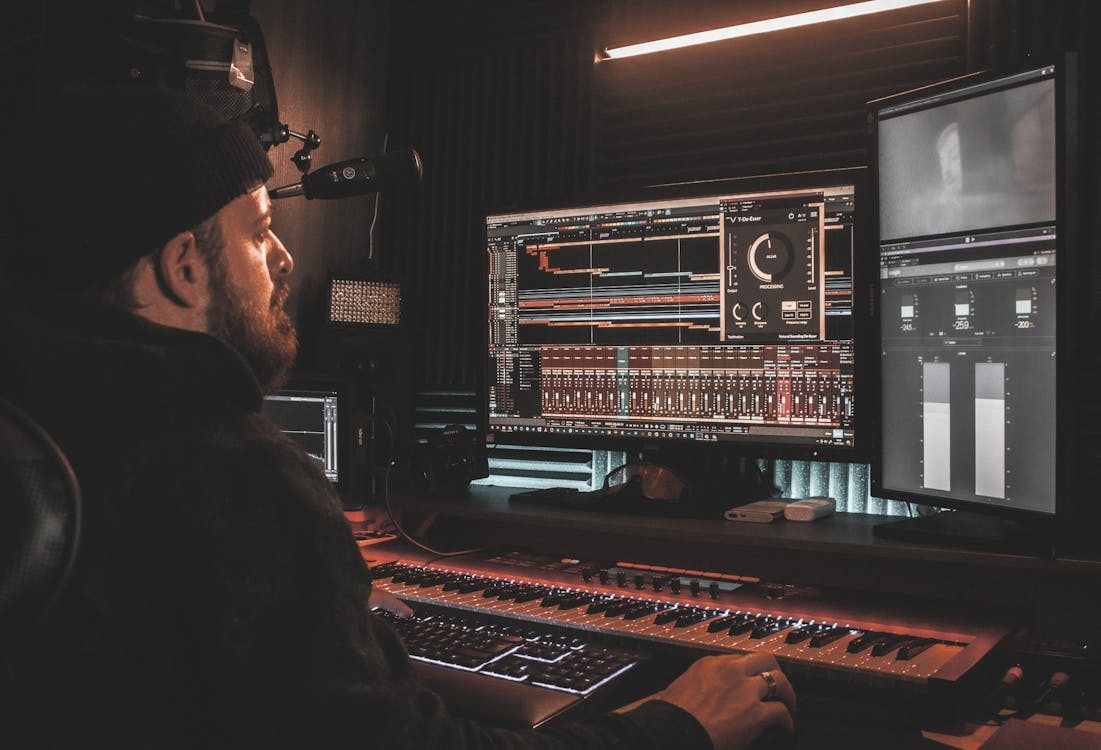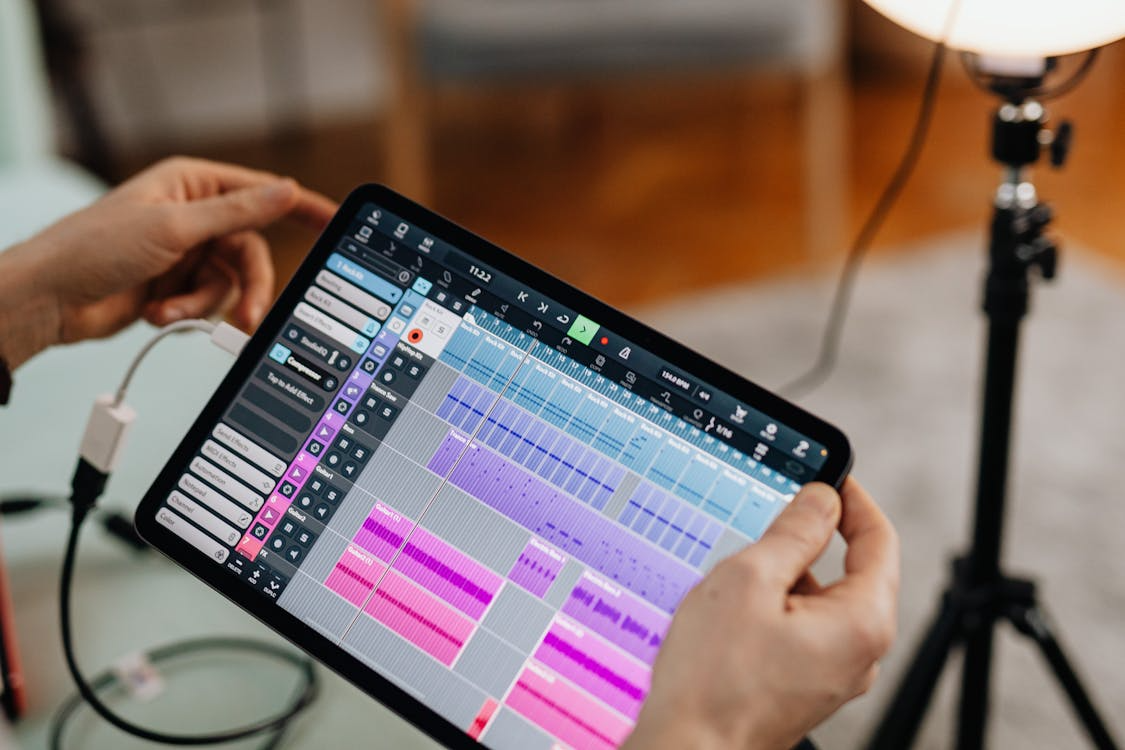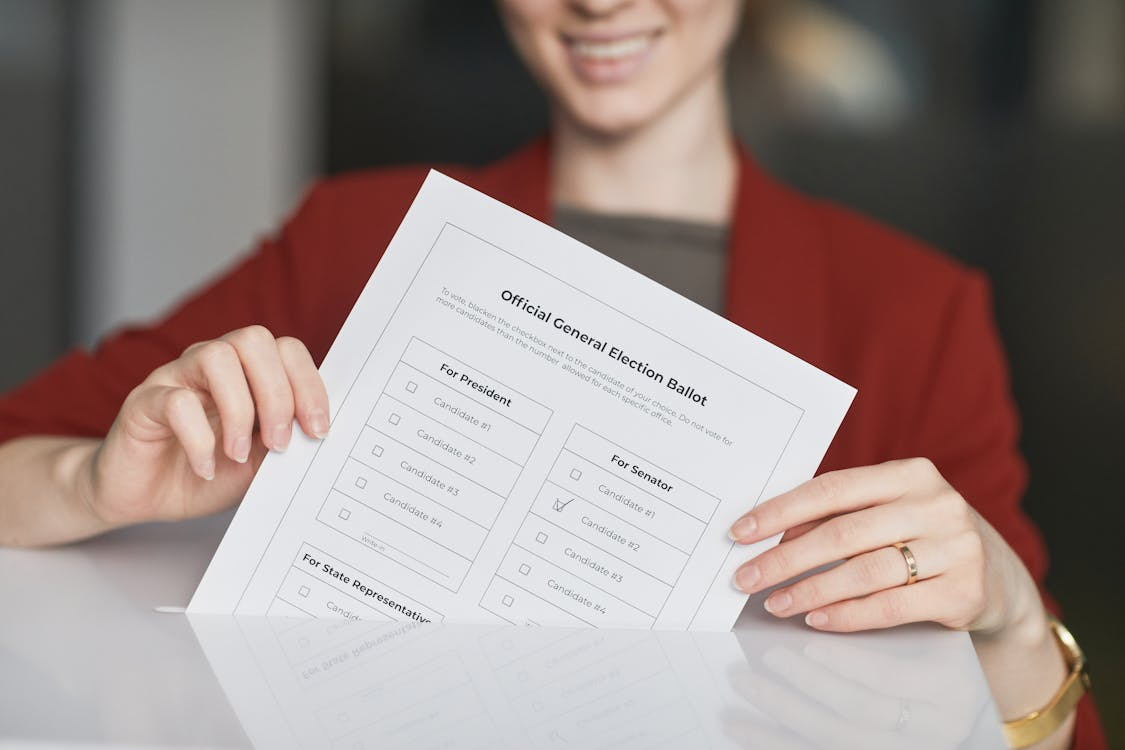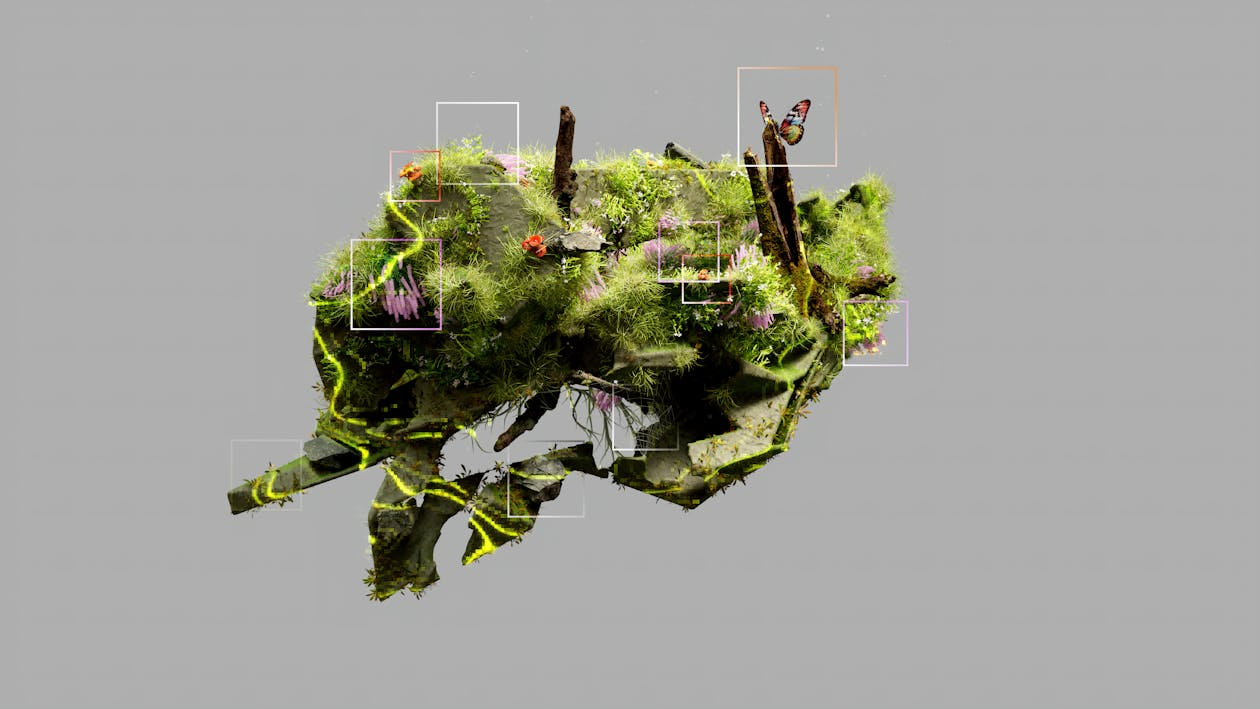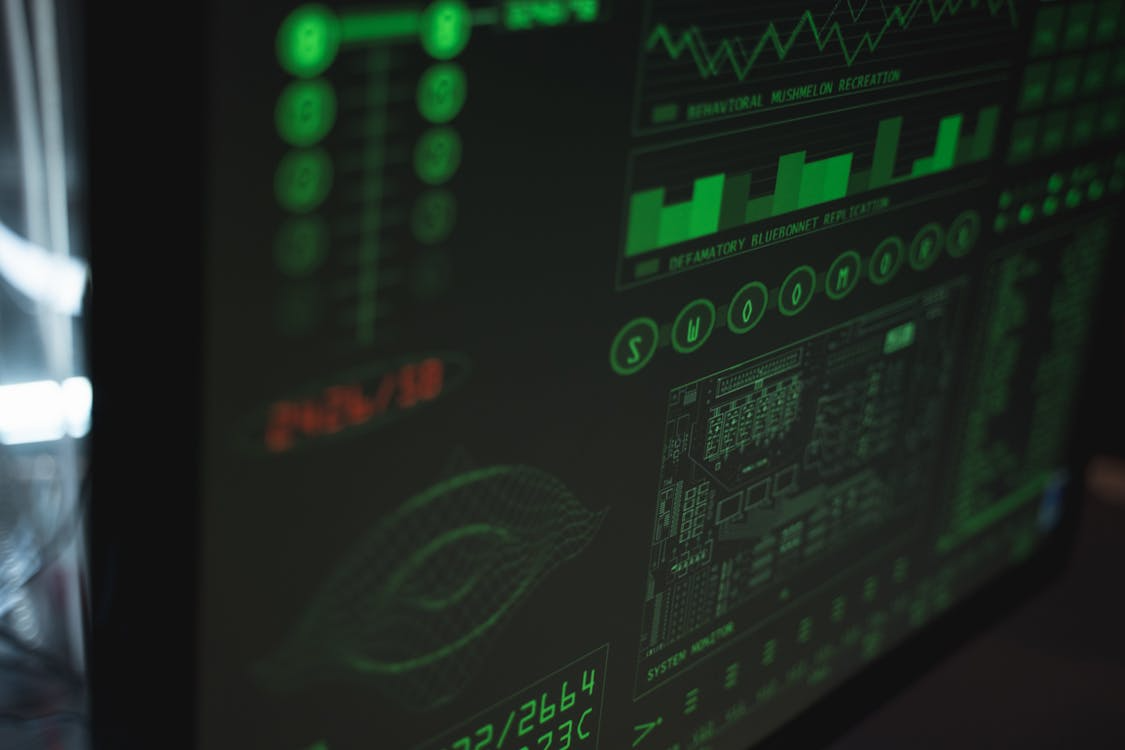For developers in the EU piecing together AI that truly gets the continent's babel of tongues, finding the right voice datasets is like striking gold. We're talking resources that don't just throw audio at you but are tuned for things like automatic speech recognition (ASR) in a mix of languages from Portuguese to Lithuanian. These open-source options are stepping up, fueled by collaborations that prioritize Europe's unique spread of dialects and accents. Backed by solid metrics from places like Hugging Face leaderboards, they help build tools that handle real-life scenarios—think multilingual call centers or apps transcribing EU parliament sessions without missing a beat.
One standout is NVIDIA's Granary dataset, which packs in roughly a million hours of speech across 25 European languages, giving extra love to those that often get shortchanged, such as Croatian or Icelandic. It's built with ASR and translation in mind, so you can train models that flip between languages effortlessly. Benchmarks reveal it can cut your data needs in half while keeping accuracy high; for instance, the Canary-1b-v2 model using it tops charts for quick, precise transcriptions. If you're gearing up to use it, download straight from Hugging Face at https://huggingface.co/datasets/nvidia/granary. NVIDIA's NeMo toolkit on GitHub has solid walkthroughs—check out the multilingual configs at https://github.com/NVIDIA/NeMo-speech-data-processor/tree/main/dataset_configs/multilingual/granary for scripts on cleaning audio and slotting it into your workflow.
Then there's Mozilla Common Voice, a community-driven effort where everyday folks contribute clips, resulting in over 20,000 hours of validated audio in languages like Swedish, Czech, Hungarian, and even Basque or Welsh. This variety captures how people actually talk, making it perfect for ASR systems that need to deal with accents in customer-facing apps. Studies from OpenSLR folks show it can drop word error rates by as much as 15% when languages blend together. Grab the datasets by language at https://commonvoice.mozilla.org/en/datasets. Their docs are straightforward: try hooking it up with TensorFlow for a fast prototype or Kaldi if you're digging into deeper acoustics.
The MOSEL dataset is another heavy hitter, offering close to 950,000 hours focused on the EU's 24 official languages, from Greek to Finnish. About half is fully labeled, with the rest smartly pseudo-labeled using tech like Whisper, which is great for ramping up ASR in languages short on data, say Maltese or Slovak. Real-world tests on arXiv, like those on Maltese speech, brought error rates down from 80% to about 24%, highlighting its value for foundational models. Everything's under flexible licenses, ready for tweaks in commercial projects. Get the pseudo-labeled bits from Hugging Face at https://huggingface.co/datasets/FBK-MT/mosel, and the complete setup's on GitHub at https://github.com/hlt-mt/mosel, including tips and code for experiments with Conformer architectures.
Facebook Research's VoxPopuli draws from European Parliament recordings, delivering 400,000 hours of unlabeled audio in 23 languages, plus 1,800 transcribed hours in 16, covering everything from Dutch debates to Bulgarian briefings. It's tailored for formal speech, which suits professional ASR, and excels in semi-supervised setups where extra unlabeled data boosts how models adapt across borders—team research notes 10-20% accuracy lifts in sparse-data cases. Pull it from Hugging Face at https://huggingface.co/datasets/facebook/voxpopuli or the repo at https://github.com/facebookresearch/voxpopuli, where you'll find guides on preprocessing, like integrating with NVIDIA Riva for segmenting and aligning clips.
Diving into these datasets reveals how Europe's voice AI scene is maturing, with efficiencies like Granary's data savings or MOSEL's comprehensive EU focus making inclusive, GDPR-friendly systems more achievable. Yet, turning that data into something that resonates often requires a touch of localization expertise. Companies like Artlangs Translation bring years of handling over 230 languages, specializing in translations, video localizations, short drama subtitles, game adaptations, and multilingual dubbing for audiobooks, with a track record of impressive case studies that nail cultural nuances across markets.


